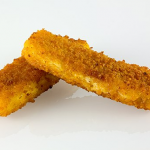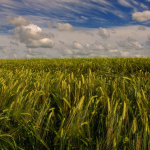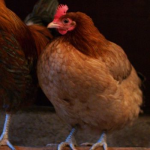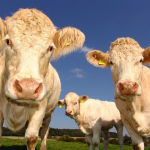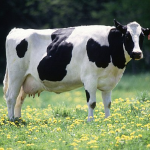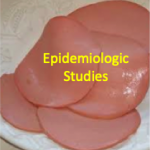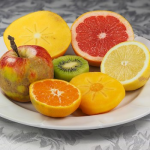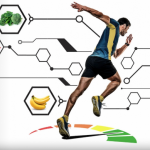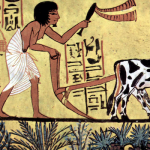Fish sticks, for many a dinnertime staple, cast an environmental shadow. Fisheries contribute 4% of agriculture's 10-to-32% contribution to Green House Gases. And given those ranges, it should be no surprise that the “environmental performance” varies between the fisheries under discussion. How bad is a fish stick? It depends on what you count, and over what time horizon.
Food & Nutrition
There’s been endless debate about which is the best way to eat, and many an extreme diet created in both camps to line the pockets of dodgy doctors. However, if a new study published in JAMA Internal Medicine is anything to go by, it’s just not worth getting worked up about.
For centuries farmers have tried to bend their crops -- nature’s bounty -- to their will to create bigger, more plentiful, perhaps ever-tastier foods. In the past, this genetic editing, known as hybridization, has been luck of the draw. But new genetic technologies have changed that random-luck equation. A new study looks at how your scientific literacy impacts the perception of these changes, and whether knowing more reduces fear.
What does the science say about the safety of America’s chicken farming practice?
Are those cheery ads, featuring celebrities with a milk mustache, actually beckoning you towards a shorter life and telomeres? Or is this just another "nutritional nowhere" situation? A recent study reports definitively, perhaps.
A controversial article on red meat had an unintended consequence: it unmasked the ties between science and industry. Not the meat industry, but the "anti-meat" health-advocacy industry, which reaches into academia and commercial interests. JAMA takes a stance. Good for them, which is good for us.
Bone broth is promoted as a “super-soup," rich in collagen and minerals. But in reality, this eye-watering expensive broth is a poor source of nutrition and it can’t boost your skin or help your joints, as claimed.
The risk of colon cancer from nitrite-preserved meat has been debated for so long that even the preserved meat has gone bad. A new study tries to back up this claim -- and fails miserably.
The new year brings a succession of ads prompting us to make healthy promises, to eat less and exercise more. The basis for the “science” behind those calls to healthful resolutions is called the Additive Energy Expenditure Model. But don’t be afraid; that merely means exercising more burns calories that you can use to eat something special.
The Center for Science in the Public Interest is often consulted by the media as a legitimate voice on scientific issues. On some topics, such as the worthlessness of many dietary supplements and the dangers of raw milk, CSPI is absolutely correct. On other topics, such as sugar substitutes and pesticides, it spreads misinformation.
The feats of the athletes in a Netflix documentary cannot be considered to be proof of the benefits of a vegan diet for athletic performance. For every vegan “star,” one can find numerous top-level athletes who gorge on meat.
It's unclear whether Big Agriculture, or small local farms, can save humanity from itself. Yet both groups sit on the sidelines yelling at each other without clear long-term strategies, suggesting that humanity is doomed unless the deniers are right.
